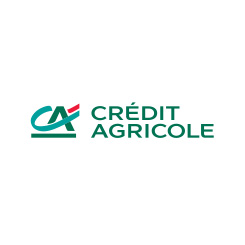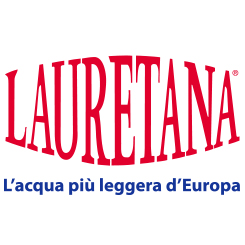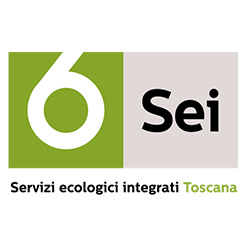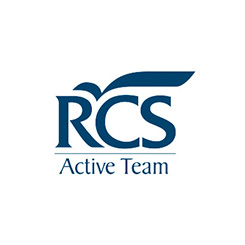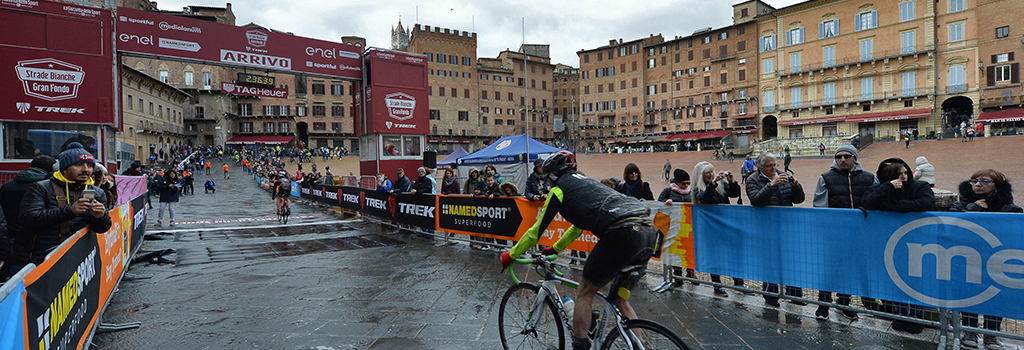
Superficially, it’s easy to make a comparison between the Palio di Siena – its horses and jockeys with their colourful kit – and the cyclists of the Strade Bianche in the Piazza del Campo: each in the saddle, ready to compete for the final prize under the Torre del Mangia.
This may be what they share in common, but beneath the surface it’s impossible to compare the importance of a bike race to the legendary Palio di Siena: the most important tradition for the city’s inhabitants.
In Siena the Palio is much more than folklore and a party. It’s part of the spirit of the city and its Contrade (the city districts); it’s a way of living, a source of pride and something the locals all want to be part of. For a few minutes, twice a year, it’s where the population’s dreams, hopes and expectations converge.
Being a “Contradaiolo” – a member of a Contrada – means being surrounded by a community that will be part of you until the end, creating bonds that transcend any social or political affiliation and surpass any other passion.
The people of Siena and the Palio feed each other: they are two entities that cannot be separated. This bond is difficult to understand for those who don’t experience it, and is one that very few journalists can capture. Perhaps the best expression was by the famous Enzo Biagi who, in 1998, wrote in the Corriere della Sera: “the Palio is interesting because of the people from Siena, otherwise it would be simply another horse race.”



